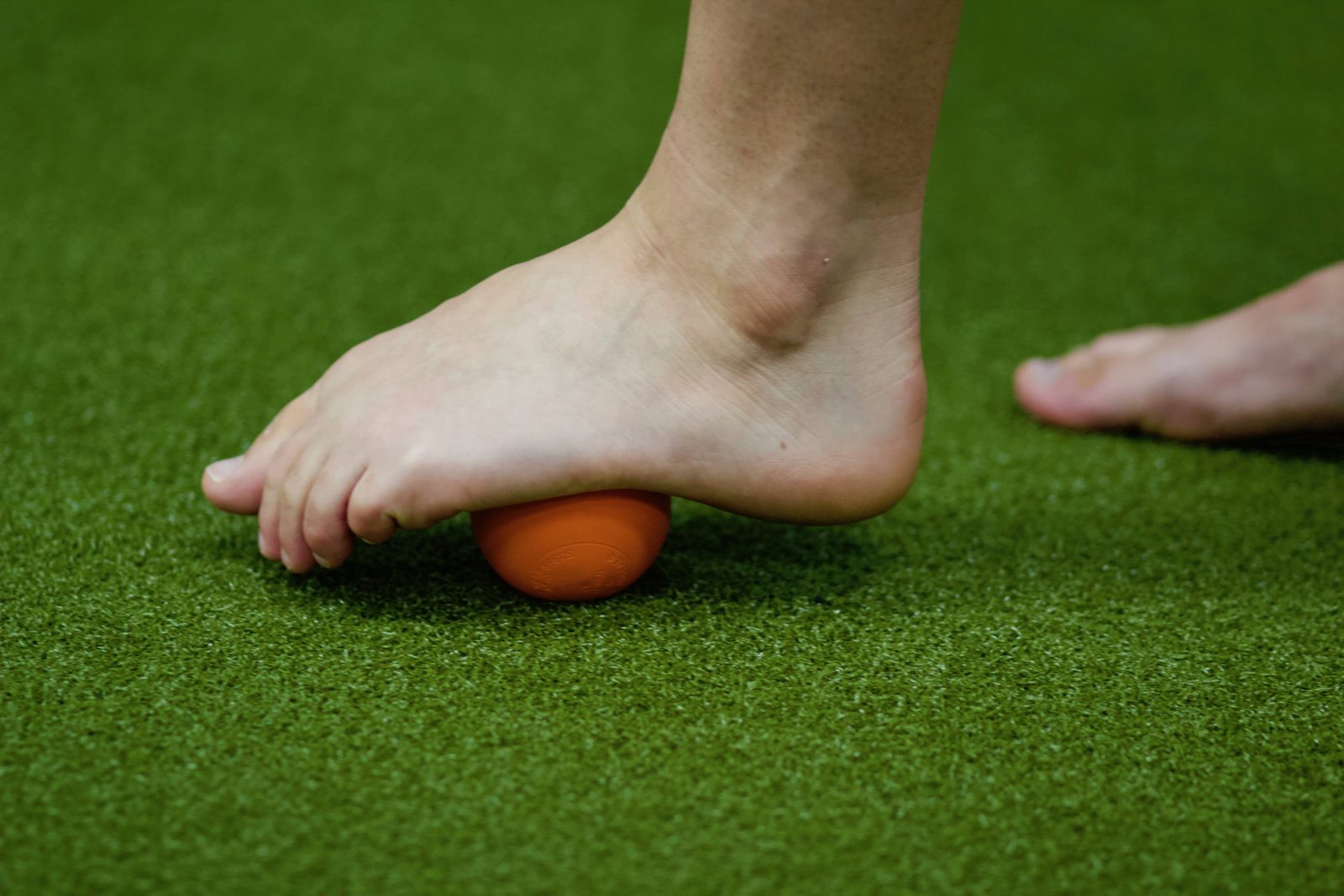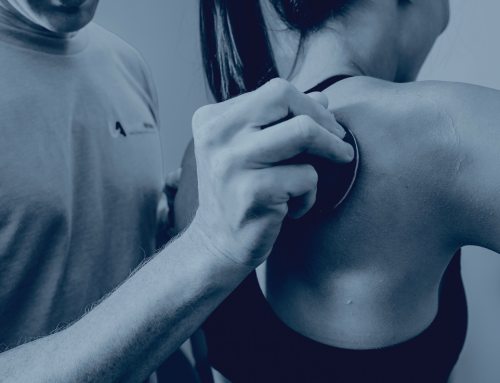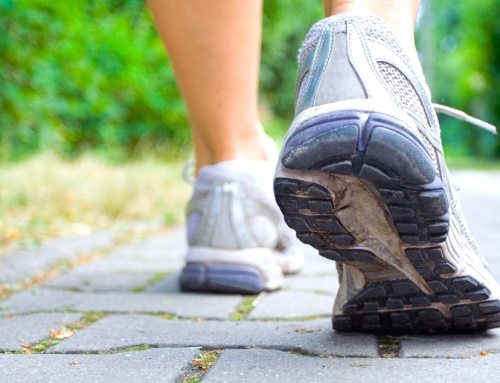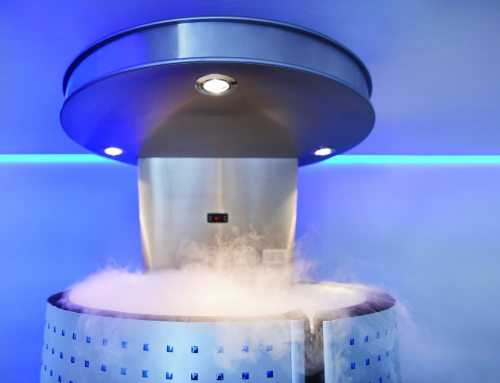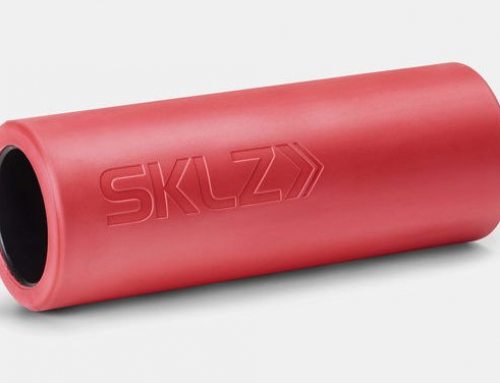By Norah Whitten
It’s hard to believe winter is upon us again. We know that this time of year is a great time to up the strength training and mobility work. However, there are other, less talked about, aspects of training that deserve some attention. There are three areas that, if addressed, add tremendous benefits to your spring training.
Address nagging injuries.
We all have them. That knee pain that just won’t seem to go completely away or the hip that always feels tight. Mid- season it feels like an inconvenience to take the time to address these aches and pains. After all, they aren’t stopping you from running but you know you shouldn’t continue to brush them off. The first step in addressing these injuries is to see a physical therapist. A PT is going to break down your movement patterns to find the source of the problem.
Once the true source is identified, the PT will provide you with a corrective exercise program to perform on your own. Instead of that 30-minute recovery run, you spend that time performing your home exercise routine. The physical therapist can also help you recover with hands on techniques such as deep tissue mobilizations, cupping and dry needling. Once the season starts back up you have improved your movement patterns and have the knowledge to prevent re-injury.
Address your feet.
Our feet are important, but most people neglect proper foot care. Feet are our foundation and issues in the feet can be a factor in knee, hip and even shoulder injuries. Our feet were not meant to be in shoes all day every day. This is not an argument for barefoot running, but it is important to give your feet time out of your shoes daily. Wearing shoes can blunt the sensory input feet receive from the ground. Less sensory input to the feet means less sensory output from the brain. When the brain receives a signal from the feet that something is “off” the brain tells the hips to stabilize to correct the problem. Thus, without input from the feet there is less stability through the hip. It is well known that decreased hip stability leads to injury.
In addition, roll your foot on a lacrosse ball. This massage forces the foot to bend around the ball. Toe exercises are also a great way to strengthen and improve the fine motor control in your feet. Start by standing with both feet flat on the floor, then try to lift just your big toe while keeping the small toes down, then switch. If this is difficult, you aren’t alone; practice this exercise daily. You should notice improvements after a few sessions. Training your feet can be fun as well. Grab a friend and some marbles and see who picks up the most marbles with their toes in 60 seconds. That takes your training group to a whole new level.
Improve your breathing mechanics.
Ever wonder why your neck and shoulders feel tight after a run? You are likely using accessory muscles to aid in breathing. The diaphragm and external intercostals are the primary muscles for breathing. However, when exercising, we recruit other muscles to help. Almost any muscle connecting to the upper extremities can aid in breathing. While it may seem helpful to have more muscles helping us breathe, this is more taxing. Breathing through the chest creates shallower inhales and exhales, which means we aren’t taking in all the air we are capable of. Diaphragmatic breathing is the opposite of shallow chest breathing, in that we fill the stomach with air, while keeping the chest relatively still. Breathing this way allows the body to take in and use more air, while keeping the shoulders and neck relaxed.
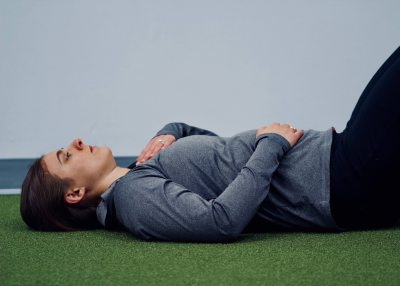 To incorporate diaphragmatic breathing into your routine, lie down with your knees bent and feet flat on the floor. Place one hand on your stomach and one on your upper chest. As you breathe in through your nose, feel your stomach rise, filling it as much as you can. The hand on your chest should barely move at all. Exhale through your mouth, completely emptying your lungs. Start with three to five minutes of breathing a day. Once you feel comfortable performing this type of breathing lying down, try it sitting or standing.
To incorporate diaphragmatic breathing into your routine, lie down with your knees bent and feet flat on the floor. Place one hand on your stomach and one on your upper chest. As you breathe in through your nose, feel your stomach rise, filling it as much as you can. The hand on your chest should barely move at all. Exhale through your mouth, completely emptying your lungs. Start with three to five minutes of breathing a day. Once you feel comfortable performing this type of breathing lying down, try it sitting or standing.
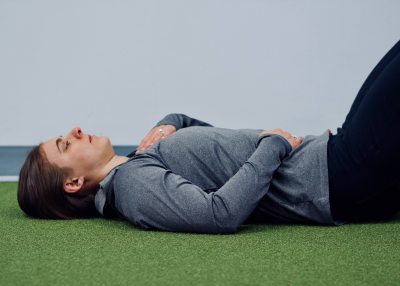 As you return to training, incorporate this during runs or rides. You may not be taking as deep of breaths while exercising, but the concept of filling the stomach should stay the same. Eventually, this breathing pattern will become a habit and will help you stay more relaxed in the upper body and fatigue slower due to the increase in oxygen to the body.
As you return to training, incorporate this during runs or rides. You may not be taking as deep of breaths while exercising, but the concept of filling the stomach should stay the same. Eventually, this breathing pattern will become a habit and will help you stay more relaxed in the upper body and fatigue slower due to the increase in oxygen to the body.
While strength and mobility work should be part of your off-season training, breathing, foot care and addressing injuries should also be part of the plan. It can seem overwhelming but figuring out a routine to incorporate these will pay dividends once spring rolls around.
Norah Whitten is a Doctor of Physical Therapy at ActivEdge Fitness & Sports Performance. She enjoys CrossFit, hiking, scenic bike rides and relaxing at the beach.


